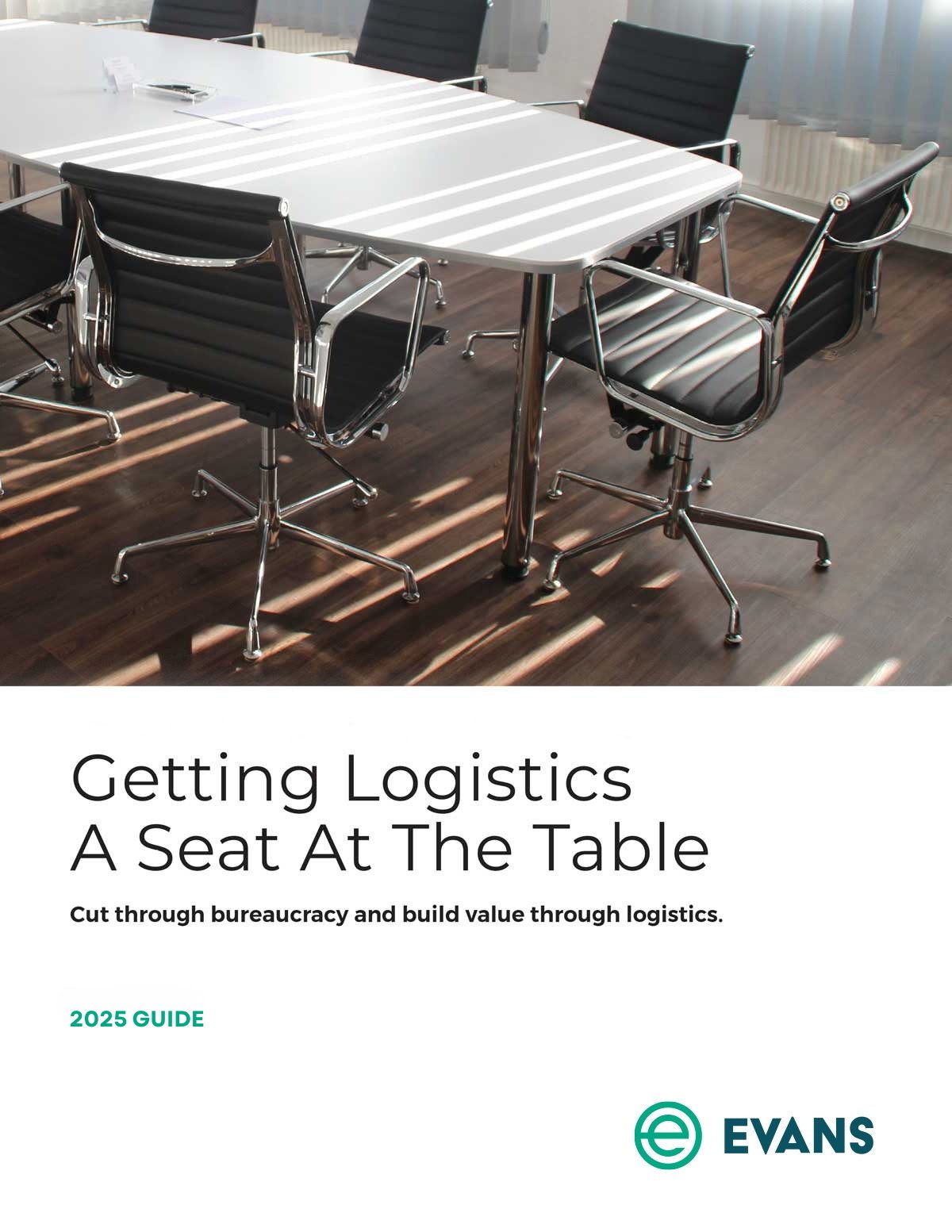Evans Educates steers our valued partners on the recent infrastructure legislation.
One of our country's most significant spending initiatives ever was recently approved in the amount of 1.2 trillion dollars. That is trillion, with a capital "T"! To help inform our customers on the details, we will highlight the bigger pieces of this legislation. However, there is plenty of other information within the publication.
In addition to the 1.2 trillion dollar bill, another "Non-Traditional" Infrastructure Bill is tied to it. It was initially $3+ trillion but was dialed back to $2 trillion in spending. Congress held off on voting the second bill to put focus on the main bill.
Breakdowns:
Spending Allotments:
- $110 Billion for highways and bridges
- $66 Billion for freight and passenger rail operations
- $65 Billion for rural broadband internet access
- $46 Billion for severe weather-resilience climate change program
- $39 Billion for transit systems
- $25 Billion for modernization projects at airports
Additional Support:
- Creation of training and apprenticeship programs for drivers under 21
- Developing Responsible Individuals for a Vibrant Economy (DRIVE)
- Support of women in the trucking workforce
- Automatic emergency braking
- Establish a task force on truck leasing
- Human-Trafficking reporting
- Pilot a vehicle-miles traveled fee program
- Grant programs to encourage the investment in alternative fuels
Did NOT include:
- Additional funding for parking challenges for drivers.
- Mandate to increase the minimum insurance requirement to $2 million.
- PRO Act
Just because the bill passed does not mean the capital will hit the marketplace anytime soon. The only immediate impact we will see will be more on the investment side. Investments in steel, heavy machinery, and like industries will likely increase in the coming months.
Positive Impacts:
No matter which side of the aisle you sit on, there are positives in the infrastructure bill. First and foremost, we have an aging infrastructure that needs help. This bill will open many resources required for local, state, and national officials. It will promote safer roads and bridges for not only truckers but our families.
Roads are not the only national infrastructure in need of assistance. Our rail and airports need upgrades as well. With further assistance, we can see modernization to help alleviate the inefficiencies in their perspective grids.
Another significant win is the focus on a solution to the driver shortage. The Developing Responsible Individuals for Vibrant Economy (DRIVE) program will open up apprenticeship programs for drivers under 21. In our current condition, high school graduates not going to college would have to wait until they are 21 to start a carrier in transportation. We lose out on potential drivers because they enter other trades.
Negative Impacts
One of the biggest challenges we have today is the driver shortage. We do not see much of an end in sight, as the utilization ratios are at all-time highs along with demand. Even as significant numbers are being added to the driver pool, we have a shortage of equipment for them to drive. We should start to see relief in the driver pool about the same time we begin to see the capital enter the market from the Infrastructure Bill.
When money starts to get spent, we will see other industries pull drivers away from their trucks. Construction is one of the significant industries that interchanges with truck drivers. When the construction jobs offer similar or better pay, the ability to not sit all day, in addition to local work, drivers have no problem making that shift. The workforce does not have to worry about the government oversite of the Drug and Alcohol Clearinghouse while on the construction sites.
With the rise in construction jobs, we will see a surge in demand for flatbed equipment. That demand will correlate with an increase in rates for flatbeds, especially in major metros that expect large capital projects. Government spending for transportation typically takes precedence over all other industries. They tend to spend more, and their "must-have" dates are more impactful.
Conclusion:
Everything listed is a lens into what has happened and is expected in the coming months and years. These are only some of the highlights, and these impacts will not occur overnight. There will be a lot of planning and debate about how to spend the money once available. There will also be a great success from the bill, but there will be significant impacts to work through.
One of the critical points we continue to cover here at Evans is that we need a higher number of quality workers, employers, and cultures to get the work done that America truly needs to sustain our success and competitiveness. We are trying our best to do our part by evolving the Evans Experience (EX) for our customers and team members daily.
Keep up to speed by working with Team Evans for managed transportation solutions customized for your business during changing times.
Stay Safe and Keep Moving Forward
Comments
Subscribe to our Blog
© 2025 Evans Transportation Services, Inc. All rights reserved.

